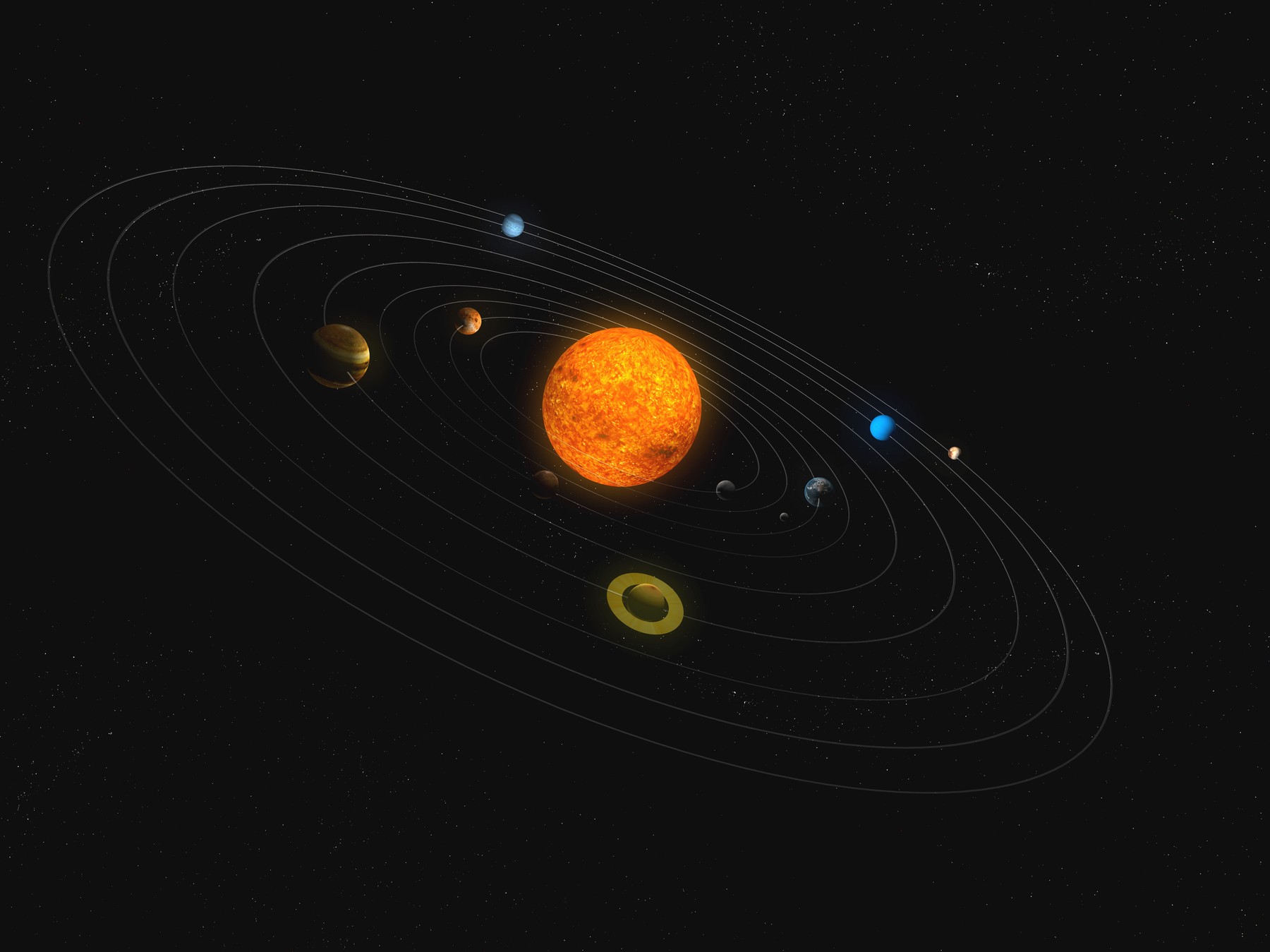According to a new study, alien life may be more mysterious and closer to us than we previously thought. Scientists say conditions at Mercury’s north pole could support life in “extreme forms.”
The study indicates that life may exist in salty glaciers that lie beneath the surface of the uninhabitable planet. Researchers even claim that there are similar areas on Earth where life exists, despite the extreme conditions.
Researchers used images from NASA’s MESSENGER probe to study the geography of Mercury’s north pole.
Based on the data, the researchers concluded that glaciers flow through the Raditladi and Eminescu craters. However, these glaciers are nothing like what we are used to encountering on Earth. Glaciers on Mercury are not made of ice, but of salt, which binds the volatile compounds of water, nitrogen and carbon dioxide that formed the planet’s glaciers.

NASA has made a crushing announcement: everything can change
Read more…
Read more…
Since Mercury is the planet closest to the solar system, its surface temperature can reach 430 degrees Celsius, which means that these volatile compounds quickly evaporate due to the high temperature. For this reason, scientists had difficulty finding these glaciers, but they compared the surface properties of Mercury with those of Earth and were able to find the glaciers based on the similarities.
Until now, researchers thought that life on Mercury was not possible. Scientists believed that the planet was uninhabitable due to large temperature fluctuations, lack of atmosphere, and constant solar radiation. Although frozen water was found deep in some craters, life had no chance to develop except in these layers below the planet’s surface.
This study explains one of Mercury’s greatest mysteries.
source: daily Mail












































